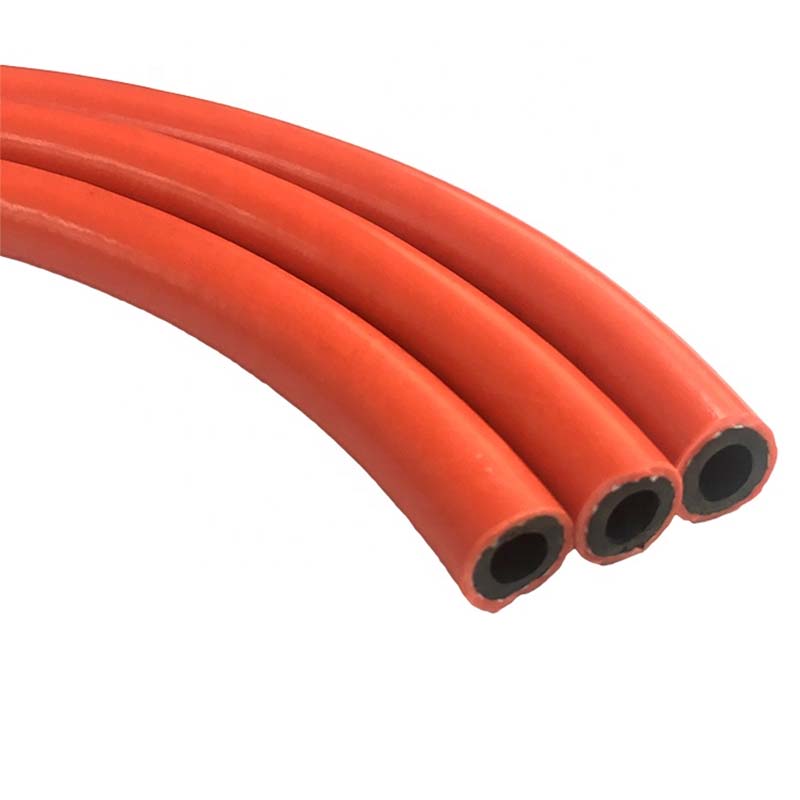Choosing the Right Sizes for Flexible Plastic Hoses in Various Applications
Understanding Flexible Plastic Hose Sizes A Comprehensive Guide
Flexible plastic hoses are essential in numerous applications, from industrial settings to household uses. Their adaptability, light weight, and resistance to various chemicals make them a preferred choice for transporting liquids and gases. Understanding the different sizes available is crucial for ensuring efficiency, safety, and compatibility with existing systems. This article delves into the significance of flexible plastic hose sizes and the factors to consider when selecting the right hose for your needs.
The Importance of Hose Size
The size of a flexible plastic hose impacts its performance in several ways. A hose that is too small can restrict flow, leading to reduced pressure and inefficient operation. Conversely, a hose that is too large may lead to increased turbulence and lower velocity, which can compromise the system's efficiency. It is, therefore, critical to choose the right size based on the requirements of your specific application.
Flexible plastic hoses generally come in two key size measurements inside diameter (ID) and outside diameter (OD). The ID is particularly significant as it directly influences the flow rate of the substance being transported. The OD is essential for ensuring that the hose fits correctly within any fittings or connectors in the system.
Standard Sizes and Measurements
Flexible plastic hoses are available in various standard sizes. Typically, hoses range from 1/4 inch to several inches in diameter, with each size offering different flow capacities. For instance, a 1-inch hose can carry more liquid than a 1/4-inch hose, but the choice of size will often depend on the application's specific requirements.
In addition to conventional sizes, hoses can also be customized to meet specific needs. Custom sizes address unique applications or constraints, providing flexibility for industries ranging from agriculture to manufacturing.
Factors to Consider When Selecting Hose Size
flexible plastic hose sizes

1. Flow Rate Determine the maximum flow rate required for your application. A hose must be able to accommodate this flow rate without causing back pressure that could damage your system.
2. Type of Fluid Consider the characteristics of the fluid being transported, including viscosity, temperature, and chemical composition. Thicker fluids may require larger hoses, while highly abrasive materials might necessitate a stronger, thicker-walled hose.
3. Length of Hose The length of the hose can also impact flow and pressure. Longer hoses may cause additional friction loss, necessitating a larger diameter to maintain adequate flow rates.
4. Application Environment Evaluate the working environment. Exposure to sunlight, chemicals, or extreme temperatures can affect the performance and lifespan of a hose. Selecting an appropriately sized hose that can withstand environmental conditions is crucial.
5. Fittings and Connectors Ensure that the chosen hose size is compatible with available fittings and connectors. Incompatibility can lead to leaks and inefficiencies, compromising the entire system.
6. Regulations and Standards Be aware of any industry standards or regulations that may dictate specific hose sizes or materials. Compliance with these requirements is vital for safety and performance.
Conclusion
Selecting the right size of flexible plastic hose is pivotal for achieving optimal performance in any application. By understanding the importance of inside and outside diameters, standard sizes, and several key factors affecting hose selection, users can ensure that their systems operate efficiently and reliably.
Whether you're working in industrial, agricultural, or domestic settings, taking the time to choose the appropriate hose size can lead to significant advantages in operation and maintenance. As flexible plastic hoses continue to evolve and expand in functionality, a well-informed decision will remain essential for harnessing their full potential. Always consult with suppliers and manufacturers for guidance on the best solutions tailored to your specific needs, ensuring long-term success in your projects.
-
Top Quality Oxy Acetylene Hoses for Sale Fit for Welding DemandsNewsJul.28,2025
-
The Future of Pneumatic Air Tubes in IndustryNewsJul.28,2025
-
Superior and Reliable LPG Hose Pipe Solutions for Every NeedNewsJul.28,2025
-
Exceptionally Durable and Versatile Premium Braided PVC TubingNewsJul.28,2025
-
Best Adapters for Connecting Garden Hose to PVC Pipe ConnectionsNewsJul.28,2025
-
The Essential Role of LPG Hoses in Safe and Efficient Gas DistributionNewsJul.16,2025














